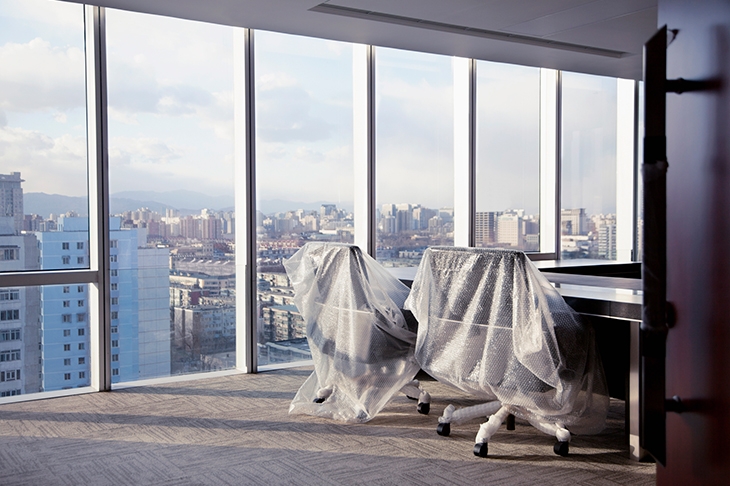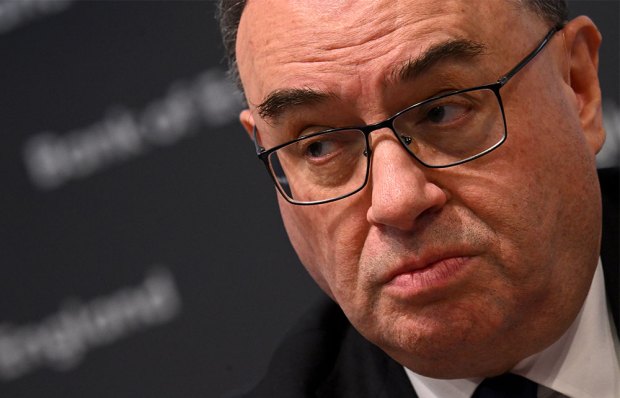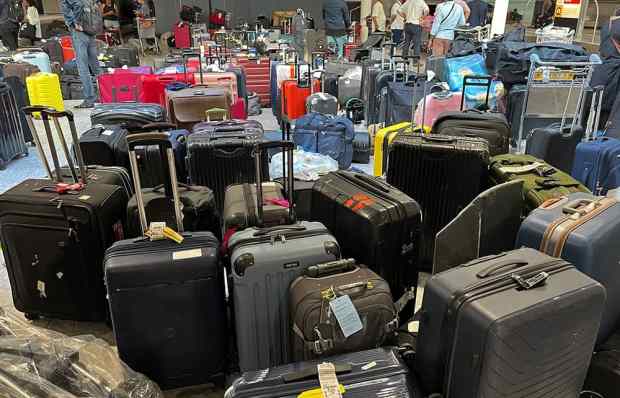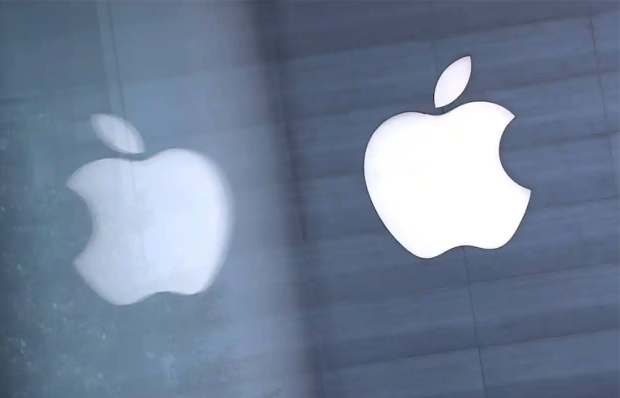Bank of England governor Andrew Bailey looks increasingly uncomfortable as inflation notches upwards from ‘nothing to worry about’ towards the Bank’s latest prediction of a decade-high 4 per cent peak later this year and a possible ‘Oops, we’re back to the 1970s’ if spiralling wage and price pressures confound the forecasters. I wrote last week about the UK’s lack of lorry drivers, but that’s just one of many bottlenecks that need unblocking, as Bailey says, to bring ‘a wave of supply back on to the market’ and quell the blip. More significant globally, and much more difficult to resolve, is the logjam of shipping.
The composite World Container Index published by the maritime research firm Drewry stood this week at $9,371 per 40ft container, which is 370 per cent higher than in the same week last year, having risen steeply since the grounding of the giant carrier Ever Given in the Suez Canal in March. On all major routes, particularly from China to the West, rates are soaring — reflecting shortages of containers where they’re most needed in the east, and of ships to carry them. A record number of new vessels are on order — 229 at the last count, capable of carrying more than two million standard containers. But most won’t be in service until 2023 and can’t make much difference until ‘landside’ port congestion is also relieved. In simple arithmetic, a normal six-week round-trip container-ship voyage currently takes at least seven weeks because port services are so slow, which means seven vessels are needed instead of six to maintain the same rate of goods delivery.
Pressure may tail off as the post-lockdown surge in consumer spending subsides — but mount again later in the year. Never mind the global shortage of microchips, for which freight costs per miniaturised item are negligible. Think instead of the windows of Hamleys in Regent Street, full of big, cheerful Chinese-made toys: factory costs have already risen because plastic, as a by-product of petroleum, has been in short supply from lockdown-hit refineries; now there are unprecedented shipping charges on top. Christmas shopping for the kids is going to be startlingly expensive this year.
BT conspiracy theory
How odd that the Sunday Times named Adam Crozier — former chief executive of the FA, Royal Mail and ITV, now chairman of Asos and Whitbread — as the next chairman of BT, when the telecom giant’s own press office 48 hours later would say only that ‘this is an ongoing process’. Was the news leaked to test market and media reactions — and pre-empt boardroom doubters — before a final decision? It might have been more prudent just to ring a few journalists, since Crozier is best remembered as a smooth ex-Saatchi & Saatchi operator (the Guardianlikened him to Peter Mandelson) who moves from job to job without leaving much mark behind — and took a shower of flak in the late 2000s for the size of his Royal Mail pay packet.
Crozier has the skills to sweet-talk Ofcom and spin a positive line on BT’s slow rollout of full-fibre broadband. But is he the man to see off a bid from, say, Deutsche Telekom or French tycoon Patrick Drahi, each currently holding 12 per cent of BT? For that a seasoned defence specialist would be required —such as incumbent BT chairman Jan du Plessis, who is being forced out by chief executive Philip Jansen. A conspiracy theorist might think Jansen favours a takeover and prefers a chairman who won’t stand in the way. If BT’s flaccid share price perks up, that may be why.
Ermine for Ashley
This column has been offering friendly advice to Mike Ashley for years but he’s never taken the slightest notice. When the maverick Sports Direct tycoon and Newcastle United owner was in the doghouse in 2014 for paying himself too much and his workforce too little, I suggested shifting his image upmarket by buying Harrods and blagging a weekend’s shooting with the Duke of Westminster. When he was under siege from a House of Commons select committee as well as angry Newcastle fans in 2016, I advised him to ‘make a clean breast of his employment practices, put the club up for sale, grow a beard and take a long holiday in the South Pacific’.
Instead he carried on buying up retail brands no one else wanted — notably the House of Fraser department store chain — to achieve the status of tarnished hero as a last British player in the consumer sector still hunting for opportunities rather than hoping for US private equity bids. So I’m sad he’s decided to hand over as chief executive of the renamed Frasers Group next year to his ‘future son-in-law’ Michael Murray.
If some pundits doubt the 31-year-old Murray’s credentials, there’s a precedent in the dynastic promotion of Simon Wolfson at 33 to become a successful long-serving chief executive of Next. In any event, Murray as the heir-apparent needs a better designation than his present meaningless one as Fraser’s ‘head of elevation’. An elegant transition might see Ashley himself take the latter title — and negotiate his own deserved elevation to the House of Lords.
Banqueting in style
Here’s a parable for innovators. I had the pleasure recently of dining with the Worshipful Company of Girdlers, who trace their foundation to 1327. Girdlers made the stout leather belts which medieval folk wore to gather their robes and carry purses and daggers. The trade was wiped out in the late 16th century by the invention of trousers with pockets. But the company was sufficiently endowed with land — including strawberry fields at Hammersmith as well as the City plot on which their hall stands — to survive to this day. Moral of the story: if the app or robot you’ve invented is overtaken by a better, cheaper app or robot, don’t despair. Invest wisely and you’ll still be banqueting in style in 400 years’ time.
Got something to add? Join the discussion and comment below.
Get 10 issues for just $10
Subscribe to The Spectator Australia today for the next 10 magazine issues, plus full online access, for just $10.
You might disagree with half of it, but you’ll enjoy reading all of it. Try your first month for free, then just $2 a week for the remainder of your first year.















Comments
Don't miss out
Join the conversation with other Spectator Australia readers. Subscribe to leave a comment.
SUBSCRIBEAlready a subscriber? Log in